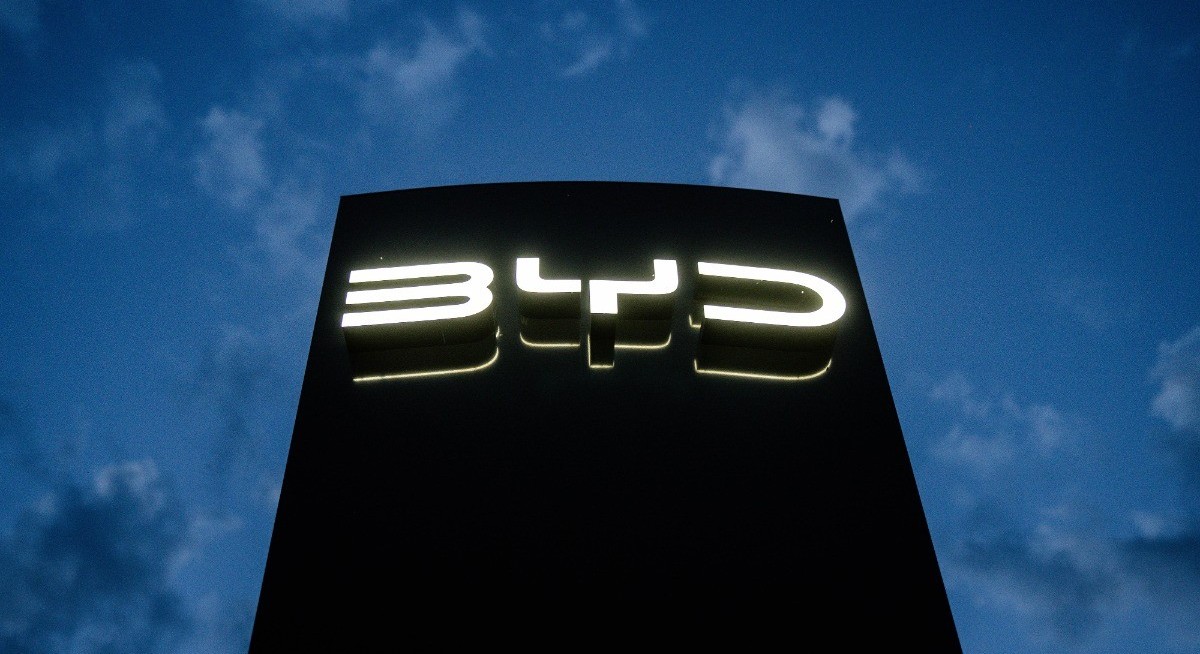(Oct 31): BYD Co shares tumbled on Friday after the automaker reported a decline in third-quarter net income and revenue, missing analyst expectations and underscoring even the electric car giant isn’t immune to the brutal competition in the world’s largest automotive market.
The company’s Hong Kong-listed shares fell as much as 6.4% in early trading on Friday, following earnings late on Thursday in which quarterly net income fell 33% from a year earlier to 7.82 billion yuan (US$1.10 billion). Total revenue in the three months ended Sept 30 dropped about 3% to 194.98 billion yuan, missing analyst estimates for 216 billion yuan.
“We look for neutral to slightly negative knee-jerk stock reaction to anaemic 3Q results,” Morgan Stanley analysts including Tim Hsiao said in a note. BYD’s vehicle-unit profit was 6,100 yuan in the quarter, below Morgan Stanley’s estimate of 6,500 yuan, despite a recovery from the previous quarter.
The Shenzhen-based company is battling to remain dominant in its home market of China, where a prolonged price war is triggering government concerns that cut-throat competition could damage product quality. BYD’s challenges initially came to light when it reported a shock 30% plunge in second-quarter profit, and the electric vehicle (EV) maker has continued to struggle with stalling sales that even saw it lose its title as China’s bestselling automaker to state-owned SAIC Motor Corp in September.
BYD delivered 1.15 million new-energy vehicles, including pure-electric models and plug-in hybrids, in the third quarter, down 1.8% from a year earlier. Rivals Geely Automobile Holdings and Chongqing Changan Automobile Co reported increases in sales of 96% and 84% respectively.
BYD had previously slashed its 2025 sales goal by 16% to 4.6 million units, according to media reports. It didn’t release an official figure in Thursday’s results.
See also: Intel in talks to acquire AI chip startup SambaNova — Bloomberg
The carmaker’s gross margin contracted during the three months to 17.6% from 21.9% a year ago, although increased from 16.3% in the second quarter. That indicates the pressure BYD faces from the prolonged period of discounting that has underpinned its rapid ascent in the Chinese EV market but drawn scrutiny from Beijing.
However, some analysts see the quarter-over-quarter recovery in margins as a positive signal for BYD. The company is “on the path to more improvement”, HSBC analyst Yuqian Ding said in a report. She added she expects “sequential improvement in volume, margin, and earnings” in the fourth quarter, driven by demand recovery in the peak season, a better product mix and operating leverage.
“With upcoming platform upgrades and strong overseas expansion, we see BYD as well positioned to regain domestic market share and accelerate global expansion,” she wrote.
See also: Meta’s jumbo bond sale draws record US$125 bil of orders
Analysts have attributed the sales slowdown primarily to BYD’s efforts to reduce inventory ahead of its roll-out of 2026 models. The automaker’s absolute and relative inventory measures fell month-on-month in September, according to an earlier note published by Citigroup Inc.
“A ‘de-stocked’ BYD could be loved by the market again with its relatively defensive margin trends and cost advantage natures than peers” if the company’s export mix significantly improves in the first quarter of 2026, analysts including Jeff Chung said in the note.
BYD’s aggressive push overseas is an increasingly important pillar for the company’s growth given the challenges it faces in the domestic market. Overseas sales volume grew 160% from a year earlier in the third quarter, fuelled by demand across Europe and Latin America, according to figures previously released by the company.
Back home, BYD may also benefit from a potential boom in sales in the final quarter of the year as China moves to phase out some subsidies and tax incentives. Some local governments are already ending programmes that had helped EV sales increase.
But over the longer-term, the removal of those perks, which often targeted price-sensitive buyers, risks damping purchase decisions and may transfer greater price pressure back to automakers and dealers, forcing them to either absorb higher costs or initiate deeper discounts to move inventory.
BYD also faces structural headwinds from the increased scrutiny officials are placing on China’s EV sector. The auto sector has been caught up in a broader anti-involution drive as Beijing seeks to end the long-running and brutal price war that’s pushed some firms to the brink. The government’s campaign, though, so far appears to have had only a limited effect on carmakers.
The company is also ploughing more investment into research and development, which may contribute to future product updates and its ramp-up of high-end, high-margin models under the luxury Yangwang and Fangchengbao brands next year.
Uploaded by Tham Yek Lee




